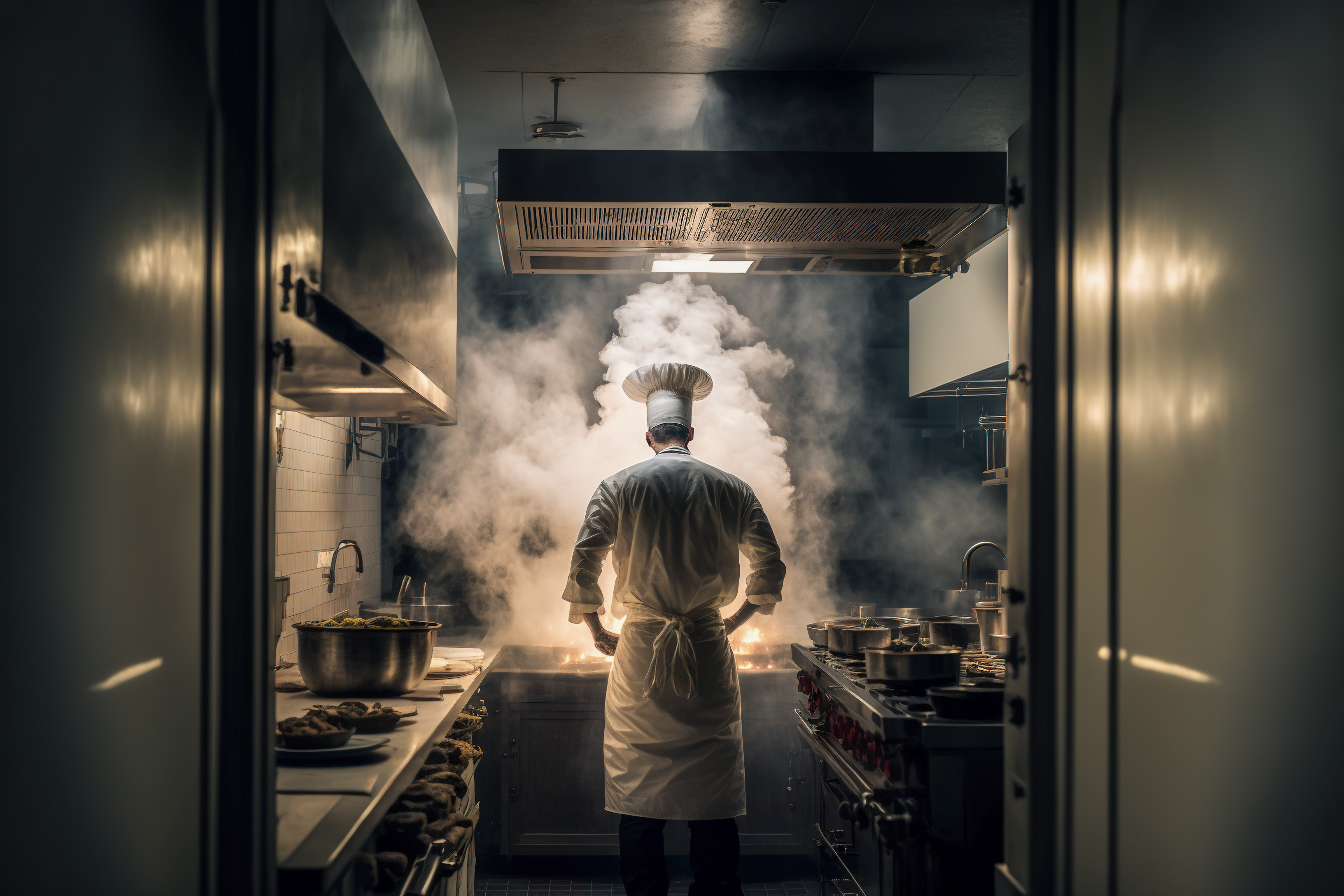
Bakery ventilation poses a significant difficulty due to the presence of intense heat sources and the necessity to effectively control temperature and humidity levels. It is crucial to create a comfortable and productive environment for bakery staff while maintaining the quality of baked goods. However, with meticulous planning and the adoption of suitable strategies, it is possible to overcome these challenges and even harness the abundant energy within the bakery to provide cost-free energy for the entire building.
One of the key advantages of a bakery is the potential to utilize its inherent energy. Through careful planning and implementation, this energy can be harnessed to offer free energy for the entire building. By adopting appropriate strategies and installing air-conditioning, ventilation devices, and air distribution systems, significant savings on investments can be achieved. This not only contributes to reducing operational costs but also promotes sustainability and environmental responsibility.
Simultaneously, it is crucial to consider the cooling needs of bakeries, particularly in the summer months when external temperatures are high. Adequate cooling plays a vital role in ensuring the seamless production of bread and other bakery items. Excessive heat can negatively impact the quality of baked goods, the working conditions for bakery staff, and overall productivity. Therefore, implementing effective cooling measures becomes essential to maintain optimal conditions.
During the summer, when ambient temperatures are elevated, it is important to adopt strategies that help mitigate the heat and ensure a comfortable environment within the bakery. These strategies can include:
Natural ventilation: Design the bakery layout to maximize natural airflow by incorporating windows, skylights, or louvers. These openings allow fresh air to enter and hot air to exit, promoting air circulation and cooling. Exhaust systems: Install exhaust hoods and high-performance fans above baking equipment to capture and remove hot air, steam, and cooking odors. This helps in maintaining a comfortable environment and preventing heat buildup. Heat recovery systems: Implement heat recovery systems to capture and utilize the excess heat generated by the bakery. This can involve transferring the captured heat to preheat water or provide space heating for other areas of the building. By utilizing this waste heat, energy efficiency is improved, and the cooling load is reduced.
Insulation: Proper insulation is crucial to minimize heat transfer between the bakery and its surroundings. Well-insulated walls, ceilings, and floors help maintain a stable internal temperature and reduce the strain on cooling systems. Shading and sun control: Employ shading devices such as blinds, curtains, or external structures to minimize direct sunlight penetration. This helps to reduce solar heat gain and eases the burden on cooling systems. Ventilation scheduling: Take advantage of cooler outdoor temperatures during early mornings and evenings by strategically opening windows or using ventilation systems. This allows for natural ventilation, bringing in fresh air and expelling warmer air.
Find Us
Inair India,
4th floor, Fortune Monarch Towers,
Road number 36, Jubilee hills,
Popular Searches
© 2023 – Inair
Privacy Policy© 2023 – Inair
Privacy Policy